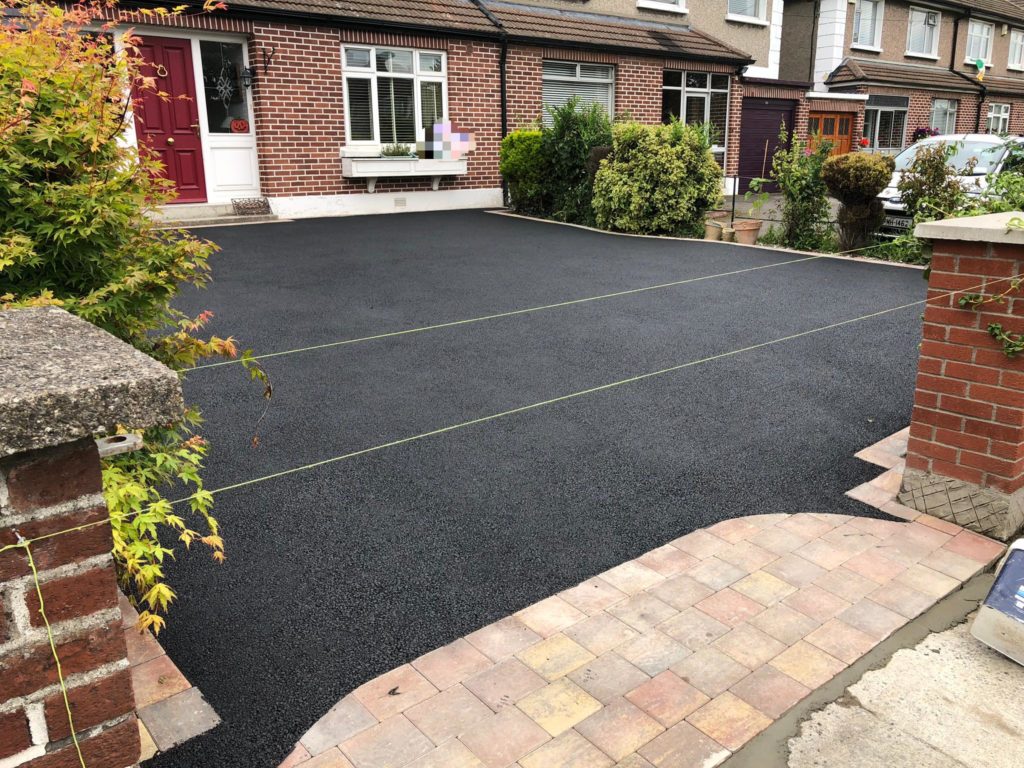When it comes to constructing a driveway, proper estimation of the gravel needed is essential. Underestimating can leave you with an incomplete project, while overestimating can lead to unnecessary expenses. In this article, we will guide you through the process of calculating the amount of gravel required for your driveway, taking into consideration various factors that influence the quantity.
Understanding the Driveway
Before diving into the estimation process, it’s crucial to understand the different types of driveways. While options like asphalt and concrete are popular, gravel driveways have their own advantages. They provide excellent drainage, are cost-effective, and offer a rustic aesthetic appeal. However, accurately estimating the amount of gravel needed is vital for a durable and functional gravel driveway.
Calculating Gravel Quantity
To estimate the gravel quantity, follow these steps:
Step 1: Measuring Driveway Dimensions
Begin by measuring the length and width of your driveway. For a standard rectangular driveway, this is a straightforward task. However, if your driveway has irregular shapes or curves, break it down into smaller sections and measure each separately. This will allow you to calculate the gravel quantity more accurately.
Step 2: Determining the Desired Gravel Thickness
Decide on the desired gravel thickness for your driveway. A typical recommendation is around 4 inches, but this can vary based on usage and climate. Heavier usage and areas with harsh winters might require a thicker layer of gravel. Consider these factors while determining the thickness to ensure longevity and functionality.
Step 3: Calculating the Volume of Gravel Needed
To calculate the volume of gravel required, use the formula: Volume = Length x Width x Thickness. Ensure that all measurements are in the same unit, such as feet or meters. If needed, convert measurements to the appropriate unit before proceeding. Additionally, be aware of conversion factors, especially when dealing with cubic feet and cubic yards.
Step 4: Adjusting for Compaction and Settling
Gravel compacts over time, and settling occurs, which means you’ll need to account for these factors during estimation. It’s recommended to adjust the calculated gravel quantity by adding around 10-15% to account for compaction and settling. This additional amount will ensure that your driveway remains even and durable in the long run.
Estimating Gravel Quantity
Let’s consider two examples to illustrate the estimation process.
Example Calculation: Standard Rectangular Driveway
Assume we have a rectangular driveway measuring 60 feet in length, 20 feet in width, and we desire a gravel thickness of 4 inches. Using the formula, we calculate the volume as follows:
Volume = 60 ft x 20 ft x (4/12 ft) = 400 cubic feet
To convert cubic feet to cubic yards, divide the volume by 27:
Volume (in cubic yards) = 400 cubic feet / 27 = 14.81 cubic yards
Therefore, approximately 14.81 cubic yards of gravel will be needed for this standard rectangular driveway.
Example Calculation: Irregularly Shaped Driveway
For an irregularly shaped driveway, break it down into smaller sections with manageable shapes. Measure each section separately and calculate the volume using the formula mentioned earlier. Once you have the volume for each section, add them together to determine the total gravel quantity required.
Additional Considerations
Ordering extra gravel is always a wise decision. It accounts for any unexpected contingencies, such as uneven terrain or minor errors in estimation. Additionally, consider factors like gravel type, size, and color to ensure the material matches your aesthetic preferences and functional requirements. Lastly, proper installation and regular maintenance are crucial for the longevity and performance of your gravel driveway.
Conclusion
Accurately estimating the amount of gravel needed for your driveway is essential to ensure a successful construction project. By following the steps outlined in this article, you can calculate the gravel quantity based on the dimensions, desired thickness, and necessary adjustments for compaction and settling. Remember to order extra gravel for contingencies and choose the right type of gravel for your specific needs. With these guidelines, you can embark on your driveway construction journey with confidence.


